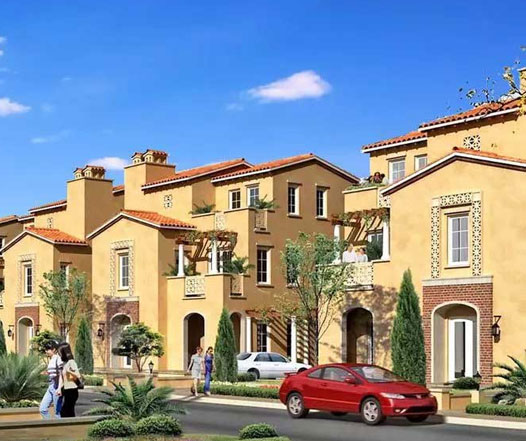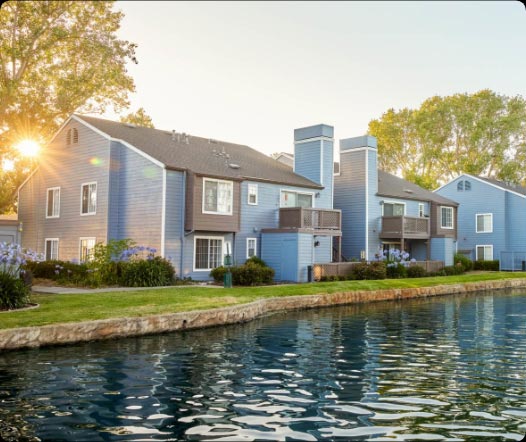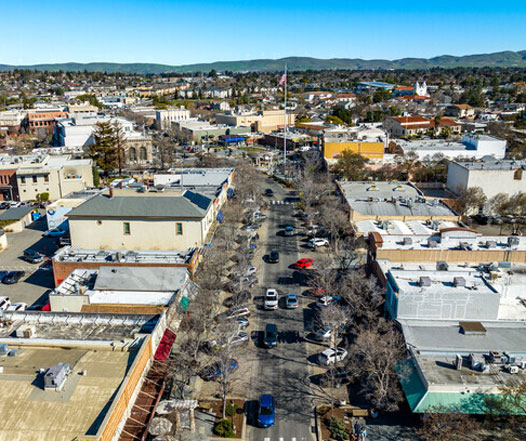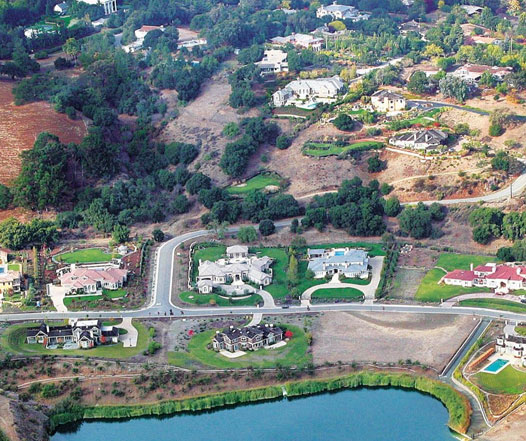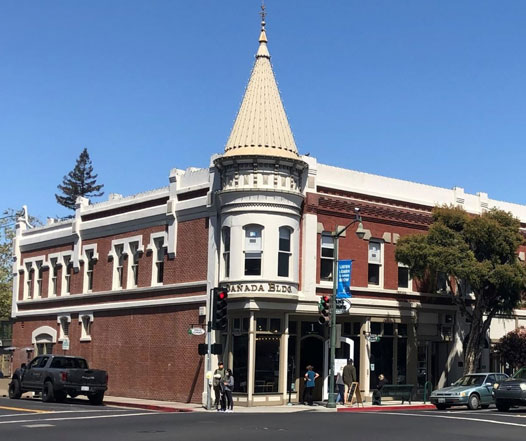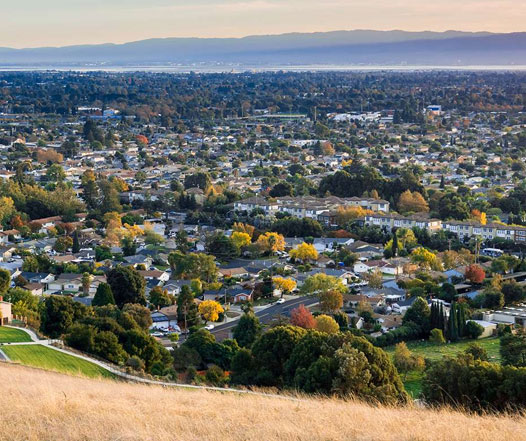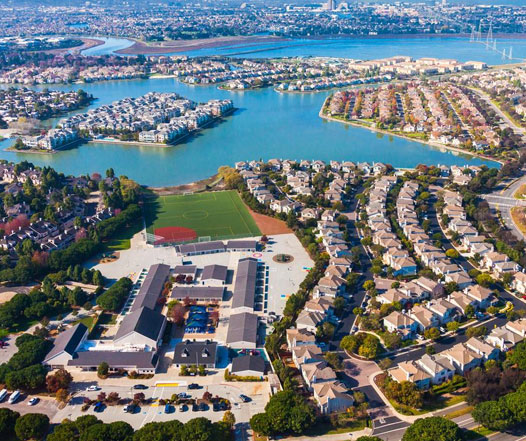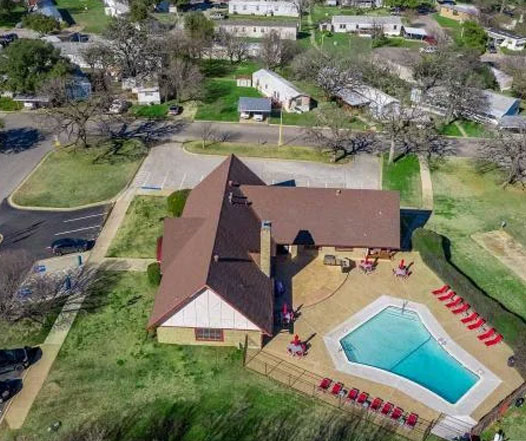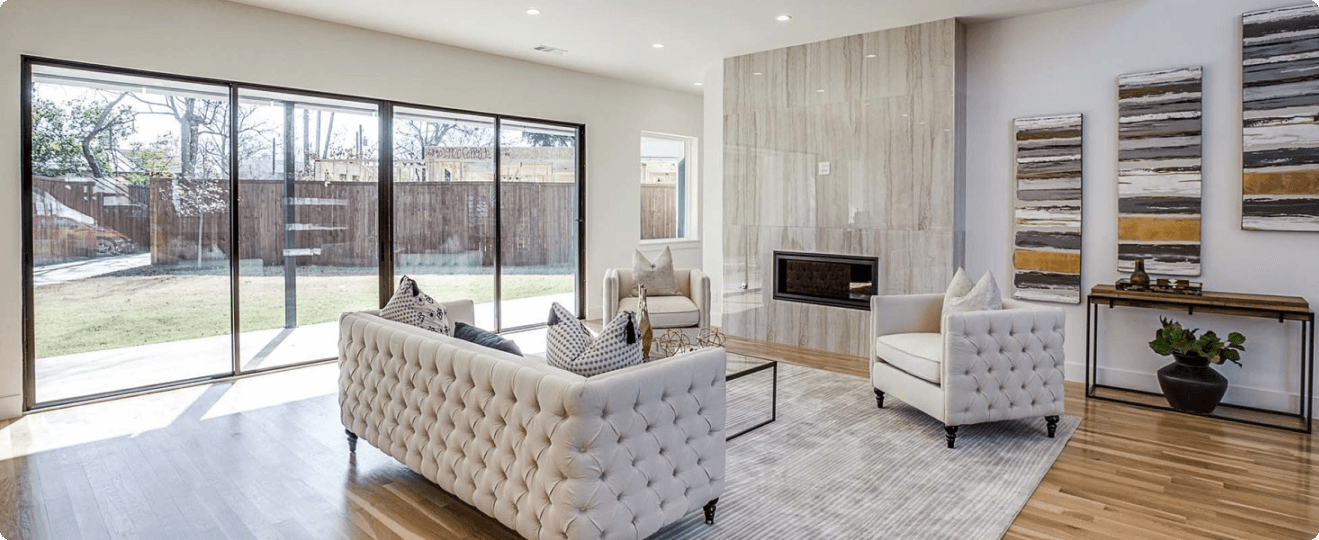
Introduction
The rules and regulations governing ADUs in Gilroy are designed to facilitate the development of these units while maintaining the character and quality of residential neighborhoods. ADUs offer a flexible and efficient way to address housing needs, providing additional living space for family members, generating rental income, or creating a home office. Navigating these regulations can be complex, but ‘ADU Specialist Bay Area’ is here to help streamline the process. Their expertise ensures that homeowners can confidently pursue their ADU projects, from initial planning to final construction, adhering to all local requirements.
Essential ADU Rules for Gilroy
What you can build
Maximum size
ADUs can be up to 1,200 square feet.
Side / rear setbacks
A minimum of 4 feet is required.
Two stories
Two-story ADUs are permitted, subject to design review.
Building separation
Must maintain at least 10 feet from the main house.
Permitting timeline
Standard
Typically processed within 60 days.
Coastal
Requires additional review, extending the timeline to 90 days.
Zoning Regulations in Gilroy
In Gilroy, ADUs must comply with zoning regulations that vary depending on the specific residential zone. These regulations ensure that ADUs are appropriately integrated into neighborhoods, maintaining the character and integrity of the community.
ADU Size Limitations
| Lot Size | Single-Family (Maximum Floor Area Allowed) | Duplex and Multi-Family (Maximum Floor Area Allowed) |
| Under 7000 | 700 sq ft | Not permitted |
| 7000 - 9999 | 800 sq ft | 1 ADU + 400 sq ft per existing unit (up to 1000 sq ft max) |
| 10000 - 12999 | 900 sq ft | 1 ADU + 450 sq ft per existing unit (up to 1000 sq ft max) |
| 13000 - 19999 | 1000 sq ft | 1 ADU + 500 sq ft per existing unit (up to 1000 sq ft max) |
| 20000+ | 1000 sq ft | 1 ADU + 550 sq ft per existing unit (up to 1000 sq ft max) |
ADU Height Limitations
In Gilroy, ADUs are typically limited to a maximum height of 16 feet, but exceptions can be made based on specific design and neighborhood considerations.
Building coverage
ADUs must adhere to the overall building coverage limitations of the lot, ensuring they do not exceed 50% of the total lot area.
Location
| Property Type | Location Requirement |
| Single-Family Homes | Attached ADUs: Can be located on any side of the house. |
| Detached ADUs: Must be in the rear yard. | |
| Junior ADUs (JADUs): Typically within the existing structure. | |
| Duplex and Multifamily | Attached ADUs: Can be integrated into the building. |
| Detached ADUs: Must be in the rear or side yard. |
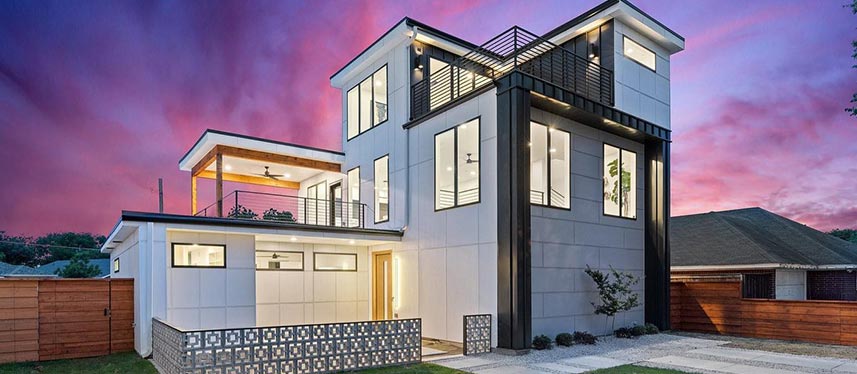
Exterior details
ADUs must match the architectural style, materials, and colors of the primary dwelling to maintain neighborhood aesthetics.
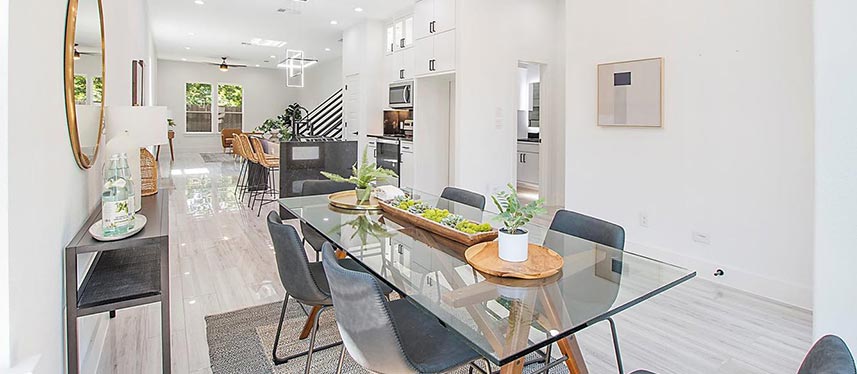
Parking
At least one parking space per ADU is required, which can be provided as tandem parking on an existing driveway.
Setbacks and buffer zones
ADUs in Gilroy must adhere to a minimum setback of 4 feet from side and rear property lines to ensure privacy and safety.
Minimum Lot Area
| Lot Size | Minimum Lot Area for ADU | Description |
| Under 7000 | ADUs not permitted | Small lots are excluded from ADU eligibility. |
| 7000 - 9999 | 7000 sq ft | Suitable for modest ADU development. |
| 10000 - 12999 | 10000 sq ft | Adequate space for comfortable ADU. |
| 13000 - 19999 | 13000 sq ft | Larger lots provide more flexibility. |
| 20000+ | No minimum lot area requirement | Optimal for multiple or larger ADUs. |
Connection for utilities
ADUs must have independent connections for water, electricity, and sewer services, ensuring compliance with city standards.
Fire safety
ADUs must meet all local fire safety regulations, including smoke detectors, fire-resistant materials, and accessible escape routes.
Room specifications
- Sleeping Areas: Must have at least one egress window and comply with minimum room size standards.
- Kitchen: Must include a sink, cooking appliance, and refrigerator, with adequate counter space.
- Bathroom: Must include a toilet, sink, and shower or bathtub, meeting all plumbing codes.
- Storage: Adequate storage space must be provided, either within the unit or via access to an exterior storage area.
Short-term Rentals and Home Occupations Regulations
Short-term rentals of ADUs are permitted in Gilroy, but they must comply with all local regulations and obtain necessary permits.
Building codes
ADUs in Gilroy must comply with all relevant building codes, including structural, electrical, and plumbing standards.
Gilroy ADU Permit Guidelines
| Permit Type | Description | Estimated Fee |
| Building Permit | Required for ADU construction. | $2500 - $5000 |
| Electrical Permit | Necessary for electrical work. | $400 - $700 |
| Plumbing Permit | Required for plumbing installations. | $400 - $700 |
| Mechanical Permit | Needed for HVAC systems. | $400 - $700 |
| Grading Permit | Required if altering the land. | $300 - $500 |
| Site Development Permit | For overall site planning. | $300 - $500 |
| Zoning Permit | Ensures compliance with zoning laws. | $200 - $400 |
Property requirements
ADUs must be built on residentially zoned properties that meet the minimum lot size and coverage requirements set forth by the city.
Parking
Parking requirements include one off-street parking space per ADU, which can be in tandem with existing parking.
Front setbacks
Front setbacks must comply with the existing residential zone regulations, typically ranging from 10 to 20 feet.
Side and rear setbacks
A minimum of 4 feet is required for side and rear setbacks to maintain privacy and safety for neighbors.
Open space and rear yards
ADUs must not encroach on required open space or rear yard areas, ensuring ample outdoor space for residents.
Properties that qualify
To determine your property’s eligibility for ADU development, contact the Gilroy Planning Department.
- Verify that your property is within Gilroy’s jurisdiction.
- Check the specific residential zones that permit ADUs. Common zones in Gilroy include R-1, R-2, and R-M.
- Other General Plan designations that permit ADUs:
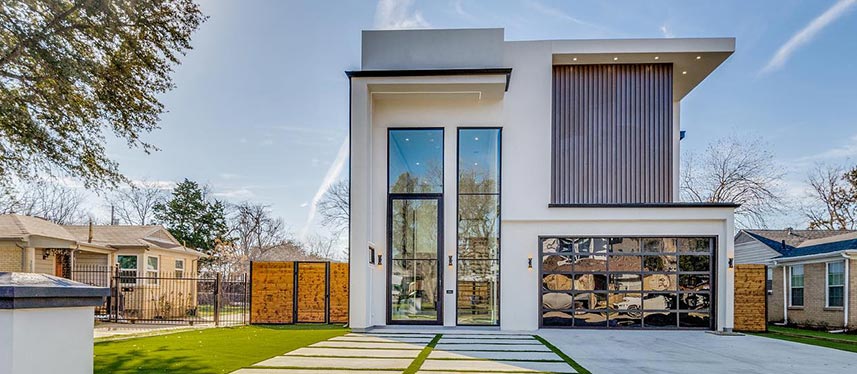
- Residential Mixed-Use (RMU): Areas that encourage a blend of residential and commercial uses, supporting ADUs for mixed living and working environments.
- Transit-Oriented Development (TOD): Zones near public transportation hubs where ADUs can help increase housing density and reduce reliance on cars.
- Specific Plan areas: Designated zones with tailored regulations that often support ADU development to meet unique community goals.
Development standards
Single-family
- Attached: Must share a wall with the primary residence and comply with all building codes.
- Detached: Must be a separate structure, meeting height and setback requirements.
Duplex properties
- Attached: Can be integrated within the existing building, subject to design standards.
- Detached: Separate from the main building, adhering to setback and height regulations.
Multifamily properties
- Attached: May be built within the existing structure, following specific design guidelines.
- Detached: Standalone units that comply with all zoning and building codes.
Junior ADUs (JADUs)
JADUs are smaller ADUs that are often part of the existing home, typically not exceeding 500 square feet, and must have an efficiency kitchen.
Property designations
- Flood Zones: ADUs in flood-prone areas must comply with additional regulations to ensure safety and minimize flood risk.
- Geohazard Zones: Areas prone to geological hazards require special engineering assessments and mitigation measures for ADU construction.
- Historic Designation: ADUs on properties with historic designation must adhere to preservation guidelines to maintain the property’s historic integrity.
- Easements: Properties with easements must ensure that ADU construction does not encroach on these areas, preserving access and utility rights.
Summary
Building an ADU in Gilroy is a feasible and beneficial option for many homeowners. Understanding the regulations and requirements is crucial to ensure a smooth process. By working with experts like ‘ADU Specialist Bay Area,’ you can navigate the complexities of permits, zoning, and construction with ease. Their guidance will help you create a compliant, functional, and aesthetically pleasing ADU that meets all local standards and enhances your property.
FAQ
Gilroy allows various types of ADUs, including attached, detached, and Junior ADUs, each with specific regulations regarding size, placement, and design.
Yes, ADUs in Gilroy must adhere to specific size limitations based on lot size and property type, ensuring they fit well within the residential environment.
The standard permitting process in Gilroy typically takes about 60 days, but this can vary depending on the complexity of the project and whether it falls within coastal zones requiring additional review.
Yes, two-story ADUs are permitted in Gilroy, subject to design review and compliance with height limitations and setback requirements.
ADUs must maintain a minimum setback of 4 feet from side and rear property lines, with additional requirements for front setbacks based on the zoning district.
Yes, at least one off-street parking space is required for each ADU, which can be provided in tandem with existing parking spaces on the property.
ADUs must match the architectural style, materials, and colors of the primary residence to ensure they blend seamlessly into the neighborhood.
Short-term rentals are permitted, but owners must comply with all local regulations and obtain the necessary permits to operate legally as short-term rental units.
ADUs must have independent connections for water, electricity, and sewer services, meeting the city’s utility standards to ensure proper service and billing.
Yes, ADUs must adhere to all local fire safety codes, including the installation of smoke detectors, fire-resistant materials, and accessible escape routes.
Each room in an ADU must meet specific standards for size and functionality. For example, sleeping areas must have egress windows, kitchens require a sink and cooking appliance, bathrooms need essential fixtures, and storage must be adequate for resident needs.
Zoning regulations determine where ADUs can be built and dictate specific requirements like setbacks, height limits, and parking. Understanding your property’s zoning is essential for compliant ADU development.
Yes, ADUs in flood-prone areas must meet additional construction standards to ensure safety and minimize flood risks, including elevated building foundations and enhanced waterproofing measures.
The minimum lot size varies depending on the specific zoning district, but generally, lots under 7000 sq ft do not qualify for ADUs. Larger lots have fewer restrictions and can support bigger or multiple ADUs.
Yes, but you must adhere to specific preservation guidelines to maintain the historic integrity of the property, including using materials and designs that reflect the original structure.
Permit fees can vary but typically include costs for building permits, electrical permits, plumbing permits, mechanical permits, grading permits, site development permits, and zoning permits. The total cost can range from $2000 to $7000, depending on the project scope.
Easements can restrict where you can build on your property. ADUs must be planned to avoid these areas to ensure access and utility rights are preserved.
JADUs are smaller ADUs typically within the existing home and must not exceed 500 sq ft. They require an efficiency kitchen and must meet all other ADU regulations.
‘ADU Specialist Bay Area’ offers comprehensive services, including feasibility assessments, design, permitting, and construction management, ensuring your ADU project complies with all local regulations and is completed efficiently.
Common challenges include navigating zoning and permitting processes, meeting design and construction standards, and ensuring compliance with all local regulations. Professional assistance can help mitigate these challenges.
Yes, multifamily properties can add ADUs, with specific limitations based on the number of existing units and available lot space, ensuring compliance with density and zoning regulations.
ADUs provide additional living space, rental income opportunities, and increased property value while helping to address local housing needs and promoting efficient land use.
ADUs must match the primary dwelling’s architectural style, materials, and colors to maintain neighborhood aesthetics and ensure visual harmony.
Front setbacks must align with the zoning district’s regulations, typically requiring 10 to 20 feet of distance from the front property line to ensure a consistent streetscape.
Development standards are tailored to property types, with single-family homes having different requirements for attached and detached ADUs, while duplex and multifamily properties must comply with additional density and design standards.






